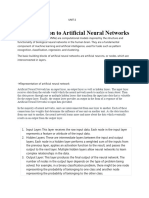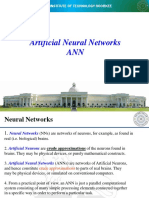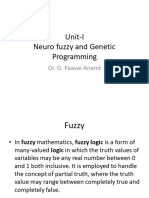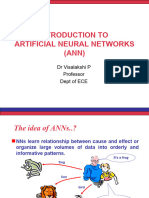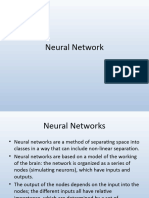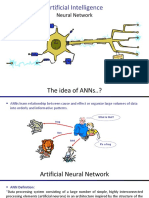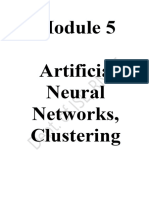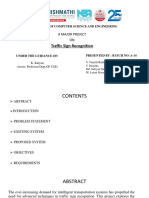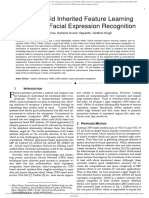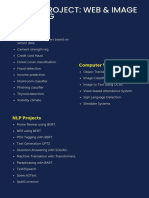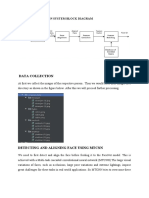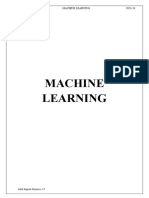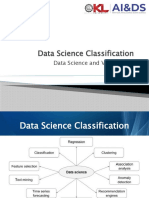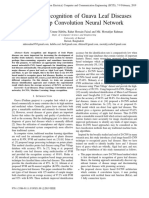0% found this document useful (0 votes)
27 views93 pagesUnit 2
The document provides an overview of Artificial Neural Networks (ANNs), explaining their structure, function, and the biological inspiration behind them. It details the components of ANNs, such as neurons, weights, and activation functions, and introduces the Perceptron as a fundamental type of ANN for binary classification. Additionally, it discusses training methods, including gradient descent and its limitations, as well as the concept of stochastic gradient descent for improved weight updates.
Uploaded by
stuthichinnu7Copyright
© © All Rights Reserved
We take content rights seriously. If you suspect this is your content, claim it here.
Available Formats
Download as PDF, TXT or read online on Scribd
0% found this document useful (0 votes)
27 views93 pagesUnit 2
The document provides an overview of Artificial Neural Networks (ANNs), explaining their structure, function, and the biological inspiration behind them. It details the components of ANNs, such as neurons, weights, and activation functions, and introduces the Perceptron as a fundamental type of ANN for binary classification. Additionally, it discusses training methods, including gradient descent and its limitations, as well as the concept of stochastic gradient descent for improved weight updates.
Uploaded by
stuthichinnu7Copyright
© © All Rights Reserved
We take content rights seriously. If you suspect this is your content, claim it here.
Available Formats
Download as PDF, TXT or read online on Scribd
/ 93













